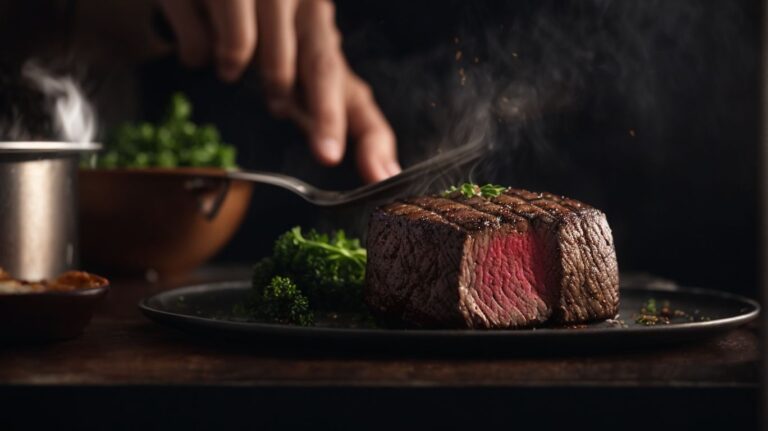How to Cook Lentils After Soaking?
Curious about lentils? Wondering about the different types and nutritional benefits of these versatile legumes? Look no further!
In this article, we will explore everything you need to know about lentils – from soaking to cooking methods. Whether you prefer the traditional stovetop approach or the convenience of an Instant Pot, we’ve got you covered.
Stay tuned for tips on cooking perfect lentils and innovative ways to use leftover soaked lentils. Let’s get cooking!
Key Takeaways:
What Are Lentils?
Lentils, a staple in Indian cooking, belong to the legume family and are versatile in various dishes like dal, salad, soup, and veggie burgers.
Lentils, with their rich earthy flavors and high nutritional value, are not only popular in Indian cuisine but also widely used worldwide. They come in various colors such as green, brown, red, and black, each offering a unique taste and texture. When cooked, lentils provide a good source of plant-based protein, fiber, iron, and folate, making them a healthy addition to any meal. Whether you are preparing a comforting bowl of lentil soup, a hearty lentil salad with fresh vegetables, or flavorful dal served with rice, lentils add depth and substance to dishes.
Types of Lentils
There are various types of lentils available, including French lentils, red lentils, and yellow lentils, each offering unique flavors and textures.
French lentils, also known as Puy lentils, are small and slate-green in color with a robust peppery flavor. They hold their shape well when cooked, making them great for salads and soups. On the other hand, red lentils are split and cook quickly, turning mushy, ideal for making dals and stews. Yellow lentils, also called toor dal, have a sweet and nutty flavor and are commonly used in Indian cuisine to make daal. Each type of lentil brings its own distinct qualities to dishes, allowing for a versatile range of culinary options.
Nutritional Value of Lentils
Lentils are packed with essential nutrients like fiber and protein, making them a popular choice for vegetarian diets and offering versatility in various lentil recipes.
The high fiber content in lentils aids in digestion and helps in maintaining a healthy weight, while the protein content is essential for muscle repair and growth. Adding lentils to your diet can also help in controlling blood sugar levels and reducing the risk of heart disease.
For vegetarians, lentils are a fantastic source of plant-based protein, ensuring they meet their daily protein requirements without relying on animal products. Lentils can be incorporated into soups, salads, stews, and even veggie burgers, providing a delicious and nutritious alternative for meat-based dishes.
When cooking lentils, it’s important to note that red lentils cook faster than green or brown lentils, typically requiring around 20-30 minutes, whereas green or brown lentils may take closer to 45 minutes. This quick cooking time makes lentils a convenient ingredient to work with, preserving their nutritional value.
Why Should You Soak Lentils Before Cooking?
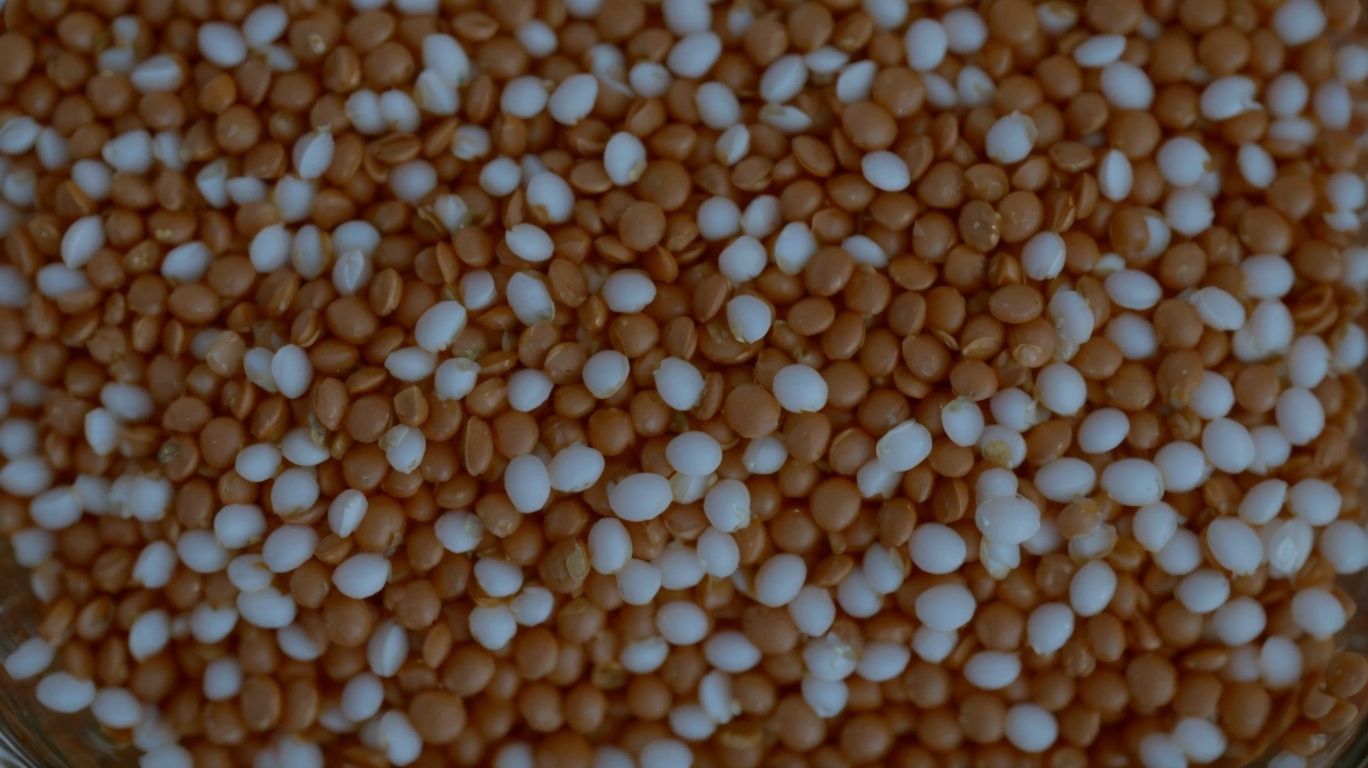
Credits: Poormet.Com – Logan Young
Soaking lentils before cooking helps reduce their cooking time, improves digestibility, and enhances nutrient absorption.
When lentils are soaked, they absorb water and soften, which leads to a quicker cooking process. This is particularly beneficial for those looking to prepare meals swiftly without compromising on taste or nutritional benefits.
By soaking lentils, you are also breaking down complex sugars that can cause digestive discomfort for some individuals, making them easier to digest. The soaking process can enhance the bioavailability of essential nutrients present in lentils, ensuring that your body can better absorb these valuable vitamins and minerals.
How to Soak Lentils?
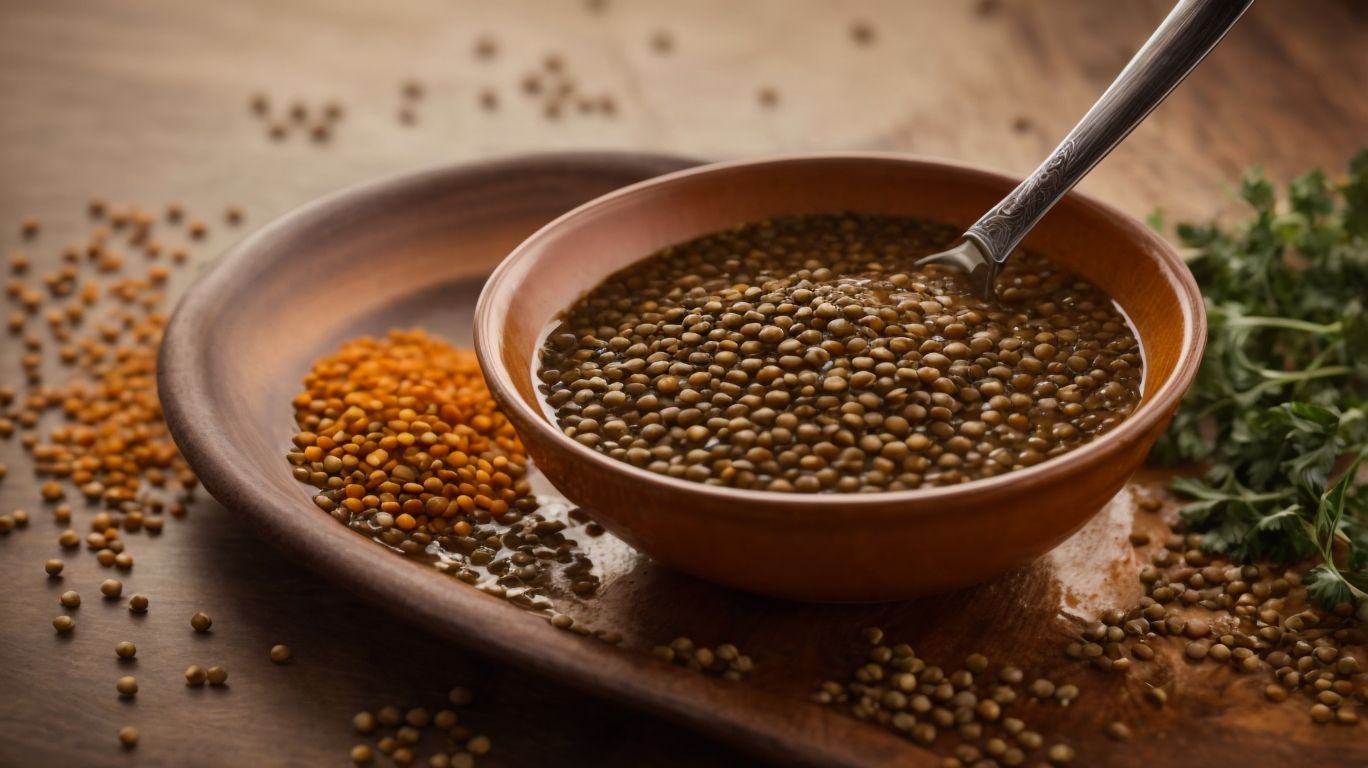
Credits: Poormet.Com – Stephen Martin
There are two primary methods for soaking lentils: the traditional soaking method and the quick soaking method, each offering efficient ways to prepare lentils for cooking.
When using the traditional soaking method, begin by placing the lentils in a large bowl or container and covering them with cold water. Allowing them to soak for several hours or ideally overnight helps soften the lentils and reduces the cooking time. This method is preferred by many as it enhances the lentils’ texture and flavor.
On the other hand, the quick soaking method involves bringing the lentils to a boil in a pot of water for a few minutes before removing them from heat.
While this method is convenient for those short on time, some argue that it may slightly alter the taste and texture of the lentils compared to traditional soaking.
Traditional Soaking Method
The traditional soaking method involves placing lentils in a bowl of water and letting them soak for several hours or overnight, a common practice in Indian cooking for dishes like masoor dal and lentil dip.
This method is essential as it helps soften the lentils, reducing their cooking time and aiding in digestion. It is particularly crucial for lentils like urad dal and chana dal, known for their tough texture. The process also helps remove any dirt or debris from the lentils, ensuring a cleaner final dish.
Quick Soaking Method
The quick soaking method involves boiling lentils for a few minutes and then letting them sit off the heat, offering a faster way to prepare lentils for dishes like coconut red lentil curry.
Once the lentils are brought to a boil, simmer them for about 5-7 minutes until they are slightly tender but still hold their shape. This expedited process reduces the overall soaking time by up to an hour, making it an efficient technique for spontaneous cooking sessions or when you’re short on time.
By quick soaking the lentils, you not only save time but also preserve their nutritional value and texture, ensuring a satisfactory result in your recipes. Whether you’re whipping up a cozy dal or experimenting with lentil salads, this method streamlines the preparation without compromising on flavor.
How Long Should You Soak Lentils?
The ideal soaking time for lentils varies depending on the type, but a general rule is to soak them for at least 2-4 hours for optimal results in creating perfect lentils for your dishes.
For smaller lentils like red lentils or yellow lentils, a shorter soaking period of 2 hours may suffice to achieve the ideal texture. On the other hand, larger lentils such as green lentils or chickpeas typically require a longer soaking time of around 4 hours to soften adequately and cook evenly.
By allowing lentils to soak for the recommended duration, you not only enhance their nutritional value but also reduce cooking time significantly. This process softens the lentils, making them easier to digest and reducing the overall cooking time when preparing your favorite lentil-based recipes.
How to Cook Lentils After Soaking?
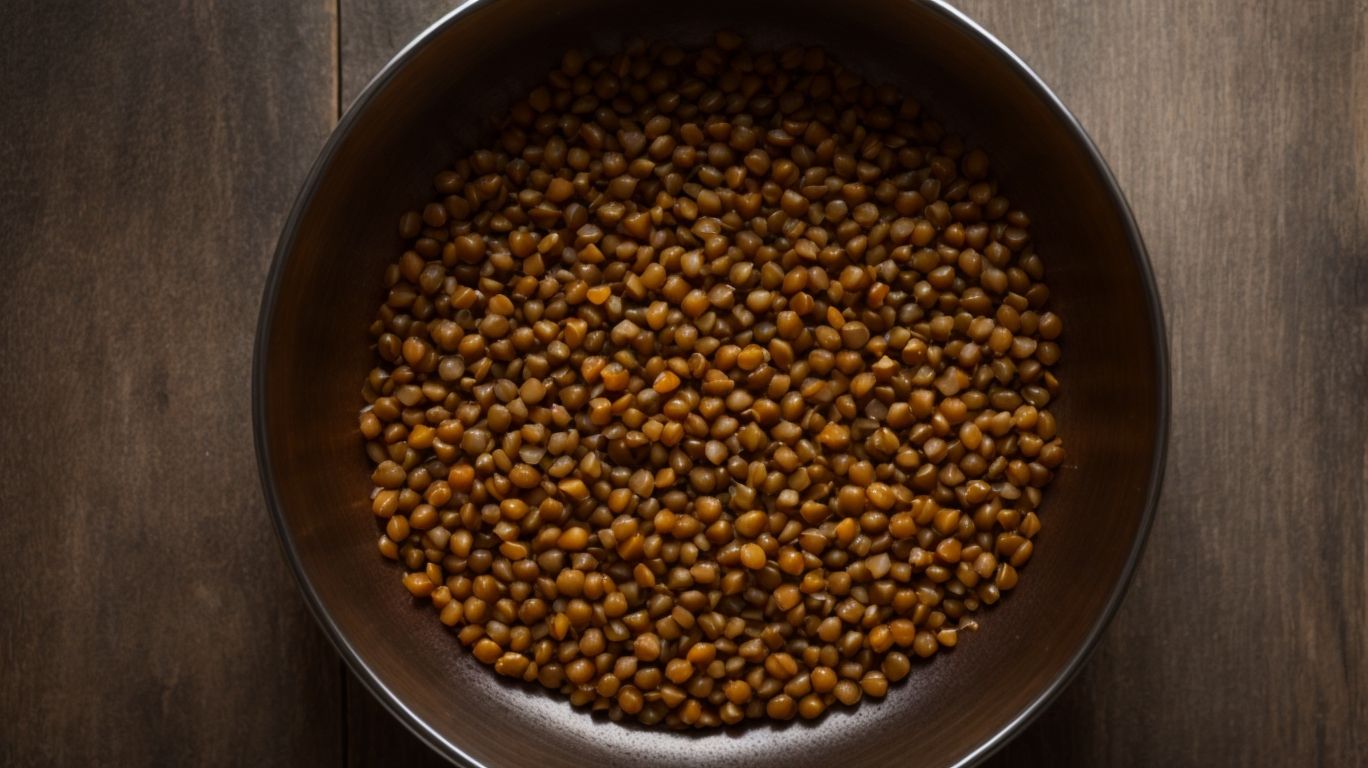
Credits: Poormet.Com – Daniel Harris
After soaking lentils, you can cook them using various methods such as the stovetop method, instant pot method, or slow cooker method, ensuring versatility in preparing dishes like lentil rice.
Cooking soaked lentils offers a range of options to suit different preferences and time constraints. The stovetop method involves cooking the lentils in a pot on the stove until they are tender and flavorful.
The instant pot method provides a quicker alternative, allowing you to pressure cook the lentils for efficient cooking while preserving their nutrients.
On the other hand, the slow cooker method offers a hands-off approach, where you can let the lentils simmer gently for a few hours, resulting in a rich and comforting dish.
Stovetop Method
The stovetop method involves simmering soaked lentils in water or broth until tender, a classic technique for preparing dishes like lentil soup with rich flavors and aromas.
This traditional cooking method allows the lentils to slowly absorb the flavors of the broth or water, resulting in a deliciously hearty dish. To start, simply rinse the lentils and soak them for a few hours or overnight to soften their texture and reduce cooking time.
Once soaked, drain the lentils and place them in a pot with three parts liquid to one part lentils, whether water, broth, or a combination. Bring the mixture to a boil, then reduce the heat to a gentle simmer, cover, and let them cook until they reach the desired tenderness.
Instant Pot Method
Using an Instant Pot to cook soaked lentils provides a quick and efficient way to prepare budget-friendly meals with minimal effort, ideal for busy individuals or families.
Soaking lentils before cooking not only reduces their cooking time but also aids in better digestion and nutrient absorption. Utilizing an Instant Pot further speeds up the cooking process by utilizing pressure cooking technology that significantly cuts down on cooking time without compromising on flavor or texture.
The sealed cooking environment of the Instant Pot helps retain more nutrients compared to traditional stovetop cooking methods, ensuring that your meals are not only cost-effective but also nutritionally rich.
This cooking method is versatile and can be used to create a variety of dishes from hearty lentil soups to flavorful dal recipes, making it a valuable tool for anyone looking to incorporate more plant-based proteins into their diet.
Slow Cooker Method
The slow cooker method for cooking soaked lentils involves gentle simmering over several hours, resulting in tender and flavorful lentils ideal for traditional dishes such as lentil stews or curries.
When you use this method, the gradual cooking process allows the lentils to fully absorb the rich blend of spices and aromatics, creating a deep and satisfying flavor profile. The slow simmering not only softens the lentils to perfection but also helps meld the ingredients together, resulting in a harmonious dish that is comforting and nutritious.
This technique is particularly beneficial for those who prefer set-it-and-forget-it cooking, as you can simply combine the soaked lentils with your choice of vegetables, seasonings, and broth in the slow cooker and let it work its magic while you attend to other tasks.
What to Do with Leftover Soaked Lentils?
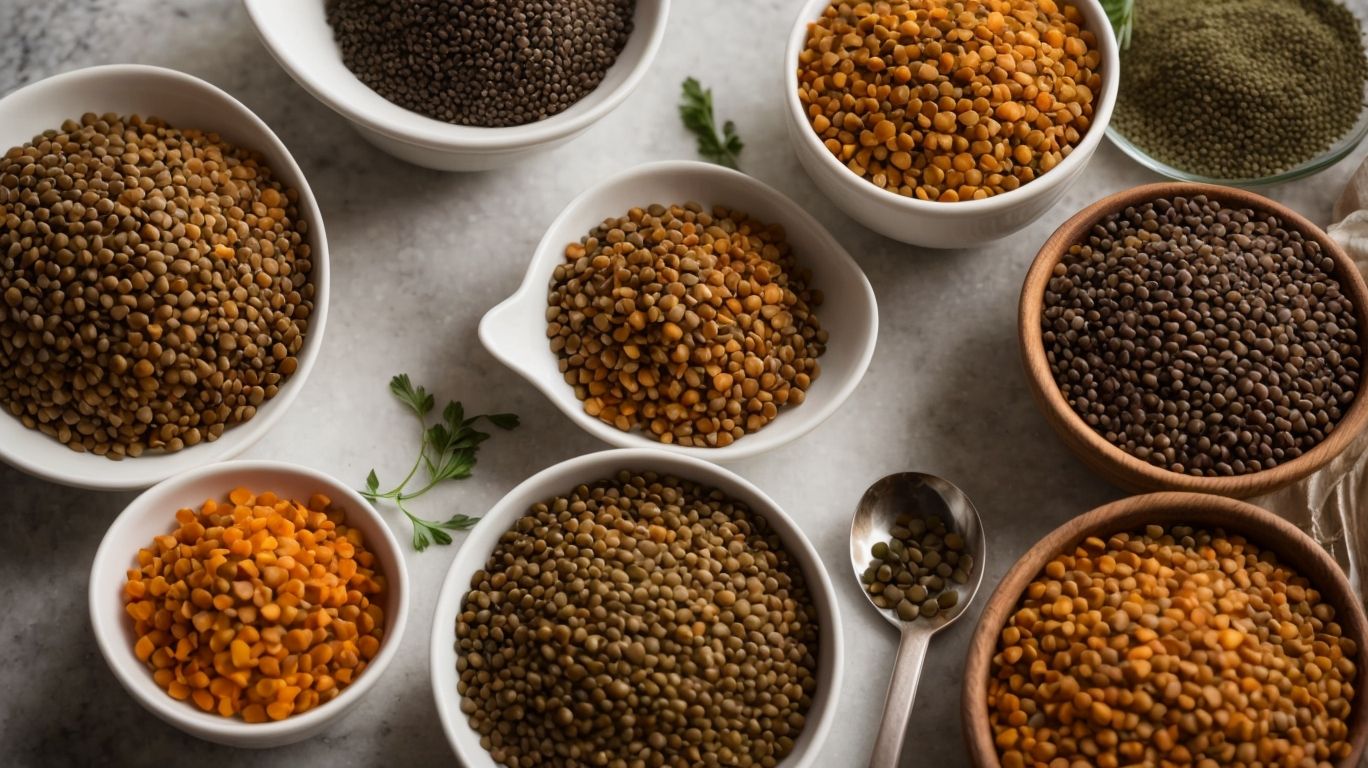
Credits: Poormet.Com – Jonathan Baker
Leftover soaked lentils can be repurposed into delicious dishes like lentil dip or used as a base for veggie burgers, offering creative options to minimize food waste and create new culinary delights.
When thinking about transforming these leftover soaked lentils, consider adding spices like cumin, paprika, and coriander to create a flavorful lentil dip that pairs perfectly with crunchy veggies or pita bread. For a heartier option, mix the lentils with chopped onions, garlic, and breadcrumbs to form patties for delicious veggie burgers. The versatile nature of lentils allows for endless culinary experiments, from incorporating them into soups and stews to blending them into smooth hummus-like dips.
Tips for Cooking Perfect Lentils
To achieve perfectly cooked lentils, ensure proper soaking time, choose suitable cooking methods, and season with complementary flavors to elevate your dishes to new culinary heights.
In terms of soaking, different lentils require varying times; for example, red lentils may only need 15-20 minutes, while larger varieties like green or brown lentils may benefit from an overnight soak. The soaking process helps reduce cooking time and aids in digestion, ensuring that the lentils are cooked evenly.
For cooking methods, consider techniques such as simmering, boiling, or pressure cooking based on the lentil type and recipe requirements. Pressure cooking can drastically reduce cooking times while retaining nutrients and flavors.
To enhance the taste of your lentil dishes, experiment with spices like cumin, coriander, turmeric, or smoked paprika. Fresh herbs like parsley or cilantro can also add a burst of freshness to your lentil creations.
Conclusion
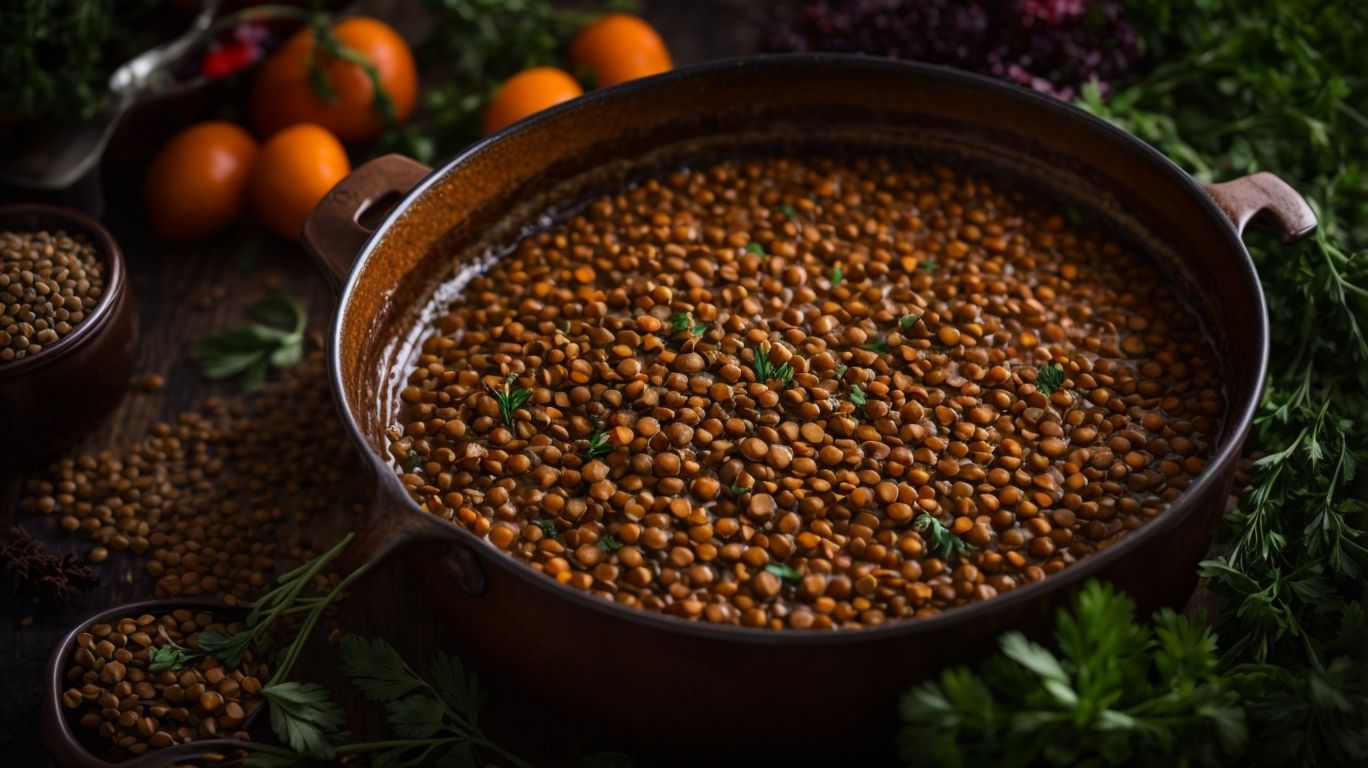
Credits: Poormet.Com – Roger King
Understanding the diverse types of lentils, their nutritional value, and optimal cooking methods enables individuals to create flavorful and nutritious dishes that celebrate the versatility of lentils in culinary exploration.
One of the key aspects of lentils lies in their different varieties ranging from brown, green, red, and black to specialty types like French green or beluga lentils. Each type offers a unique texture and flavor profile, making them suitable for a wide array of dishes. Lentils are packed with essential nutrients such as protein, fiber, iron, and folate, making them a valuable addition to a balanced diet. To fully harness these benefits, it is crucial to cook lentils properly, whether simmered for soups, stewed for curries, or sprouted for salads. Utilizing the right cooking techniques enhances both the taste and nutritional content of lentils, elevating your culinary creations.
Frequently Asked Questions
What is the best way to cook lentils after soaking them?
The best way to cook lentils after soaking them is to first rinse them thoroughly with water, then bring them to a boil in a pot with plenty of water and let them simmer for about 20-30 minutes until they are tender but not mushy.
How long should I soak lentils before cooking them?
Ideally, lentils should be soaked for at least 4 hours before cooking. However, if you are short on time, you can soak them for 1-2 hours in warm water for a quick soak.
Can I skip the soaking step when cooking lentils?
While soaking lentils helps to reduce cooking time and improve digestibility, it is not necessary. You can cook lentils without soaking, but they will take longer to cook and may be harder to digest.
What is the purpose of soaking lentils before cooking?
Soaking lentils before cooking helps to soften them and make them easier to digest. It also removes any dirt or debris that may be present on the lentils.
Can I use the same water that I soaked lentils in for cooking?
It is not recommended to use the same water for cooking lentils that you soaked them in. This water may contain impurities and can affect the flavor of the lentils.
How can I tell when lentils are fully cooked?
Lentils are fully cooked when they are tender but still hold their shape. To test, take a lentil out of the pot and mash it with a fork. If it easily mashes, they are cooked. If it is still firm, continue cooking for a few more minutes.





